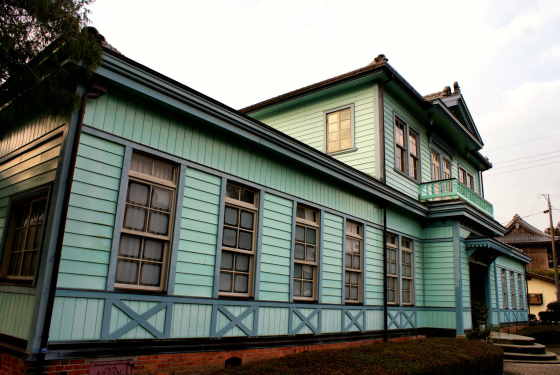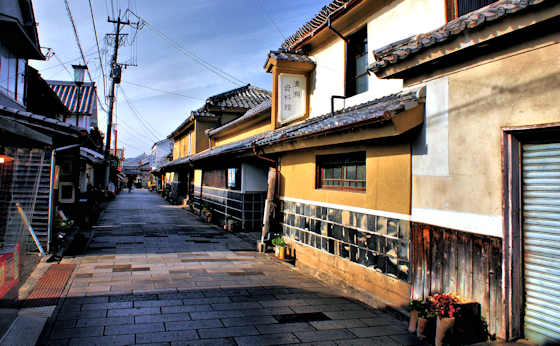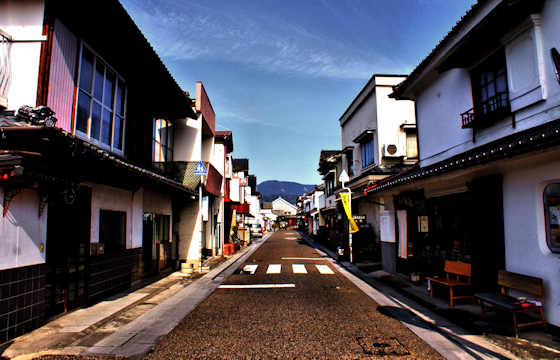Saturday, July 9, 2022
Yoshii Juku Historic Preservation District
Sunday, July 3, 2022
Yamabedo Cultural Center Kusano
Monday, June 27, 2022
Sennenji Temple the Nikko of Kyushu
Tuesday, January 25, 2022
Hita Preservation District
Hita
Hita is a small town in Oita, close to the border with Fukuoka, and on the Mikuma River, which runs into the Chikugo River.
Sunday, January 2, 2022
Miscellaneous Statues along the Hita Kaido
Statues along the Hita Kaido
One of the subjects I focus on finding as I walk the roads and lanes of Japan is sculptures. On my walk along the Hita Kaido, the old highway running East out of Kurume, I encountered a huge number of them I've posted about the large number of Ebisu statues along the road. Ther were so may I did a second post. One town along the way had lots of Kappas, and of course, I recently posted a lot of Komainus.
This time I want to show you a selection of other statues from that day's walk that don't fit the other categories.
The top photo is of a small shrine that has a diverse collection of statues left by different parishioners over time. In this particular instance, all the statues are Buddhist, but very often they are a mix of Buddhist, Shi to, Daoist, secular, and occasionally, Christian statues.
Wednesday, December 29, 2021
A Gallery of Komainu from the Hita Kaido
The Hita Kaido, the old highway that ran from Kurume to Hita, is also called yamanobenomichi, literally the road that runs along the edge of the mountains.































































